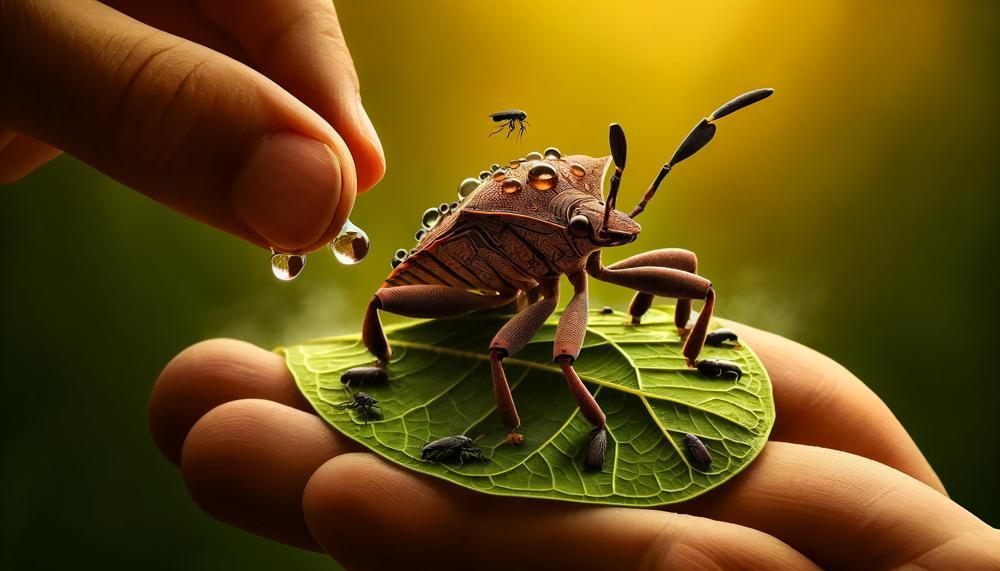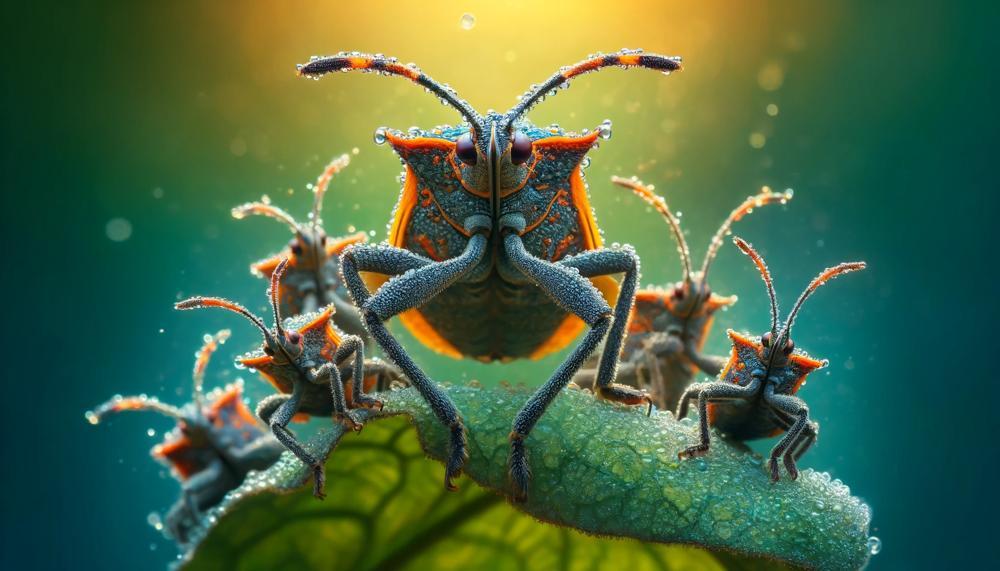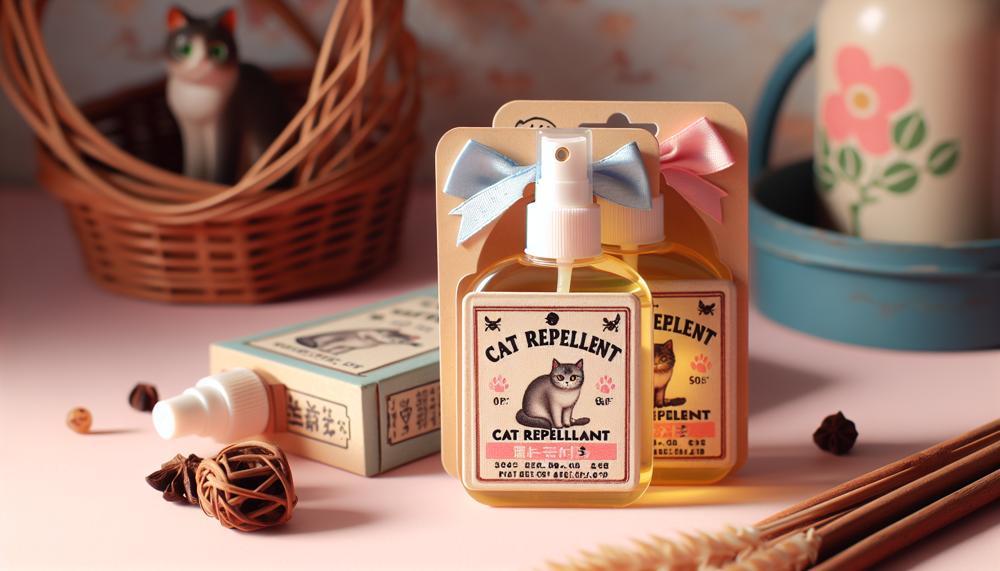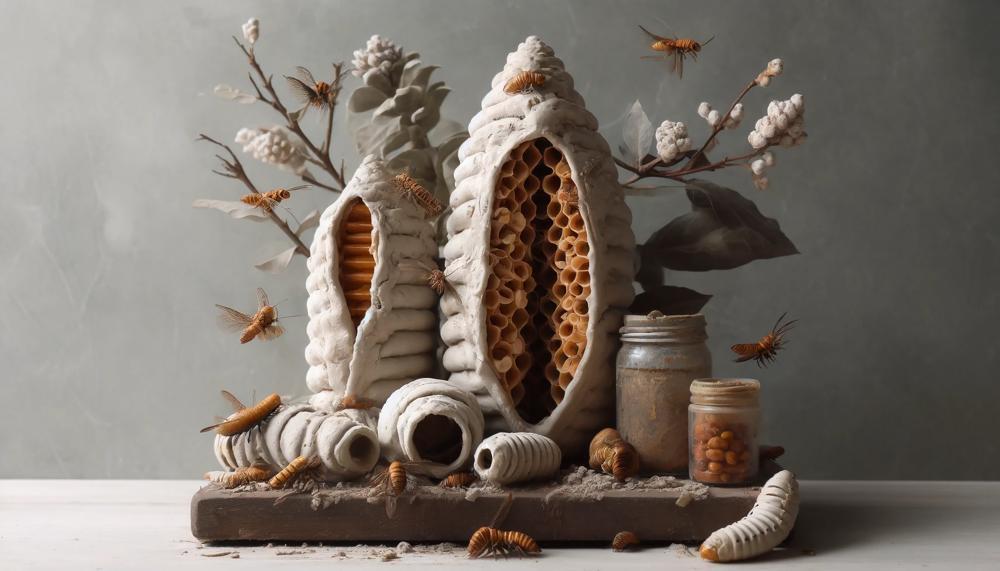In the world of gardening and pest control, leaf-footed bugs often pose a significant challenge. These pesky insects can wreak havoc on your beloved plants, leaving you frustrated and seeking effective solutions. Fortunately, there’s a wealth of natural methods that can help you combat these invaders without resorting to harsh chemicals.
In this comprehensive guide, we’ll delve into the world of leaf-footed bugs and explore a range of natural strategies to keep them at bay.
So, how do you get rid of leaf footed bugs naturally?
Leaf-footed bugs, belonging to the genus Leptoglossus, can be a nuisance in gardens as they suck the juice out of plant leaves, fruits, and shoots1. Here are some natural ways to get rid of them:
- Use Row Covers: Row covers can control pests and are best used at the beginning of your planting season before the bugs arrive.
- Diatomaceous Earth: This is a great organic leaf footed bug control remedy.
- Neem Oil: Neem oil can be used to deter these bugs.
- Physically Remove Bugs: You can manually remove the bugs from your plants.
- Clear Woodpiles and Winter Shelters: Removing potential hiding places can help control the bug population.
- Get Rid of Weeds: Weeds can attract these bugs, so keeping your garden clean can help.
- Prune Your Trees: Regular pruning can help keep these bugs at bay.
- Natural Predators: Encouraging natural predators in your garden can help control the bug population.
Remember, understanding their life cycle can also be beneficial in controlling their population. They begin as eggs, turn into nymphs, and then finally become adults13. Females can lay over 200 eggs in the springtime.
Table of Contents
- 1 Exclusion Techniques: Preventing Entry and Sealing Potential Gaps
- 2 Utilizing Insecticidal Soap and Neem Oil: Natural Solutions for Pest Control
- 3 Implementing Diatomaceous Earth: A Physical Barrier Against Bugs
- 4 Employing Essential Oils: Harnessing Aromatherapy for Pest Repellent
- 5 Encouraging Beneficial Insects: Promoting Natural Predators in the Garden
- 6 Practicing Crop Rotation: Disrupting the Life Cycle of Leaf-Footed Bugs
- 7 Conclusion
Exclusion Techniques: Preventing Entry and Sealing Potential Gaps
Exclusion techniques are an effective way to prevent leaf-footed bugs from entering your home or garden. Here are some methods you can use:
- Sealing Gaps and Cracks: Inspect your home and garden for any gaps or cracks that bugs could use as entry points. Seal these with suitable materials like silicone, acrylic, or rubber caulk sealant.
- Installing Door Sweeps: Door sweeps can prevent bugs from entering through gaps under doors.
- Covering Vents and Chimneys with Mesh Screens: Vents and chimneys are common entry points for bugs. Covering these with mesh screens can help keep them out.
- Regular Maintenance and Monitoring: Regularly check your exclusion measures to ensure they are still effective.
- Removing Potential Pathways: Trim any tree branches or plants that bugs could use to gain access to your home.
Remember, when choosing materials for sealing, consider factors like durability, weather resistance, and specific entry point requirements.
Also, it’s important to note that these methods are most effective when used in combination with other pest control strategies. Always monitor your home or garden regularly for the best results.
Utilizing Insecticidal Soap and Neem Oil: Natural Solutions for Pest Control
| Insecticidal Soap | Neem Oil |
|---|---|
| Direct contact with leaf-footed bugs, causing cellular disruption and dehydration, leading to death. | Acts as a repellent, deterring leaf-footed bugs from feeding and laying eggs on plants. |
| Breaks down the waxy coating on leaf-footed bugs, making them more susceptible to dehydration and disease. | Interferes with the growth and development of leaf-footed bugs, preventing them from reaching adulthood. |
| Eco-friendly and biodegradable, posing minimal harm to beneficial insects and the environment. | Organic and natural, making it safe for use around pets and children. |
Implementing Diatomaceous Earth: A Physical Barrier Against Bugs
Diatomaceous earth, a naturally occurring powder derived from the fossilised remains of diatoms, acts as a physical barrier against bugs and other pests by disrupting their exoskeletons and causing dehydration. Here’s how it works:
Physical Disruption:
- Diatomaceous earth consists of microscopic, sharp, and jagged particles.
- When bugs crawl through or come into contact with DE, these particles physically damage their waxy, protective outer layer, known as the exoskeleton.
Abrasive Action:
- The tiny, sharp particles of DE act like microscopic knives, causing abrasions and cuts on the insect’s exoskeleton.
- This leads to the loss of body fluids and essential oils, resulting in dehydration and eventually death.
Dehydration:
- The porous nature of diatomaceous earth draws moisture from the insect’s body, leading to dehydration.
- Insects, like most arthropods, have a high surface area-to-volume ratio, making them particularly susceptible to water loss.
- As DE absorbs the waxy coating on the insect’s body, it disrupts the insect’s ability to retain moisture, causing them to dry out and die.
It’s important to note that diatomaceous earth is most effective against crawling insects and pests with exoskeletons, such as ants, cockroaches, fleas, bed bugs, and beetles. It is less effective against flying insects or pests without an exoskeleton, such as flies or mosquitoes. Additionally, DE should be applied in dry areas, as moisture can reduce its effectiveness.
Employing Essential Oils: Harnessing Aromatherapy for Pest Repellent
| Essential Oil | Dilution Ratio | Application Method |
|---|---|---|
| Eucalyptus oil | 10 drops per 100ml of water | Spray directly onto plants and soil |
| Peppermint oil | 10 drops per 100ml of water | Spray directly onto plants and soil |
| Tea tree oil | 10 drops per 100ml of water | Spray directly onto plants and soil |
| Citronella oil | 10 drops per 100ml of water | Spray directly onto plants and soil |
| Clove oil | 10 drops per 100ml of water | Spray directly onto plants and soil |
Encouraging Beneficial Insects: Promoting Natural Predators in the Garden
Encouraging beneficial insects in your garden is a great way to naturally control pests like leaf-footed bugs. Here are some ways to promote natural predators in your garden:
- Grow Native Plants: Native plants are more attractive to pollinators and other beneficial insects than non-native plants.
- Companion Planting: Growing flowering plants in your fruit and vegetable beds naturally attracts beneficial insects and keeps your edible plants pest-free.
- Provide Shelter: Many beneficial insects need places to overwinter or lay their eggs. Leaving some areas of your garden a little wild, with leaf litter or fallen logs, can provide this shelter.
- Provide a Water Source: A shallow dish filled with pebbles and water can serve as a drinking spot for many insects.
- Avoid Neatness: Let some plants flower and go to seed, leave some leaf litter around, and embrace the occasional fallen log or rock pile.
- Avoid Broad-Spectrum Pesticides: These kill all insects, including the beneficial ones. If you must use a pesticide, opt for one targeted specifically to the pest you’re trying to control.
- Plant a Diversity of Plants: Different insects are attracted to different plants. By planting a diverse range of plants, you increase the chances of attracting a variety of beneficial insects.
Here are some beneficial insects and how to attract them:
- Ladybugs: Prey on aphids, mites, and other small insects. Attract them by planting dill, fennel, and yarrow.
- Lacewings: Prey on aphids, caterpillars, mealybugs, and others. Attract them by planting dill, angelica, and goldenrod.
- Parasitic Wasps: Prey on caterpillars, aphids, and beetle larvae. Attract them by growing plants with small flowers like sweet alyssum, dill, and parsley.
- Praying Mantis: Prey on various insects, including beetles, crickets, and grasshoppers. Attract them by planting tall grasses and shrubs where they can hide and lay their egg cases.
- Spiders: Prey on various insects, including aphids and caterpillars. Attract them by allowing areas of your garden to grow a little wild to provide hiding places.
Remember, the key to a healthy garden is balance. Encouraging a variety of insect species can increase the biodiversity of your garden, which can be beneficial for the overall health of your ecosystem.
Practicing Crop Rotation: Disrupting the Life Cycle of Leaf-Footed Bugs

| Crop Rotation Technique | Impact on Leaf-Footed Bug Life Cycle |
|---|---|
| Planting Non-Host Crops | Prevents leaf-footed bugs from finding suitable hosts for feeding and laying eggs, breaking their reproductive cycle. |
| Crop Rotation Sequence | Changes the availability of host plants over time, making it difficult for leaf-footed bugs to establish stable populations. |
| Trap Crops | привлекают leaf-footed bugs away from main crops, reducing their population density and minimizing damage to the primary crop. |
Crop rotation is a powerful strategy for disrupting the life cycle of leaf-footed bugs, effectively managing their populations and safeguarding crop yields.
By implementing crop rotation practices, farmers can create an environment that is less conducive to leaf-footed bug survival and reproduction, ultimately reducing their impact on agricultural productivity.
Conclusion
In the battle against leaf-footed bugs, nature provides an arsenal of effective weapons. From companion planting and biological control to homemade repellents and physical barriers, gardeners can wage war on these pests without resorting to harsh chemicals.
By harnessing the power of nature, we can create a harmonious garden ecosystem where plants thrive, and pests are kept at bay, ensuring a bountiful harvest and a healthy environment.





